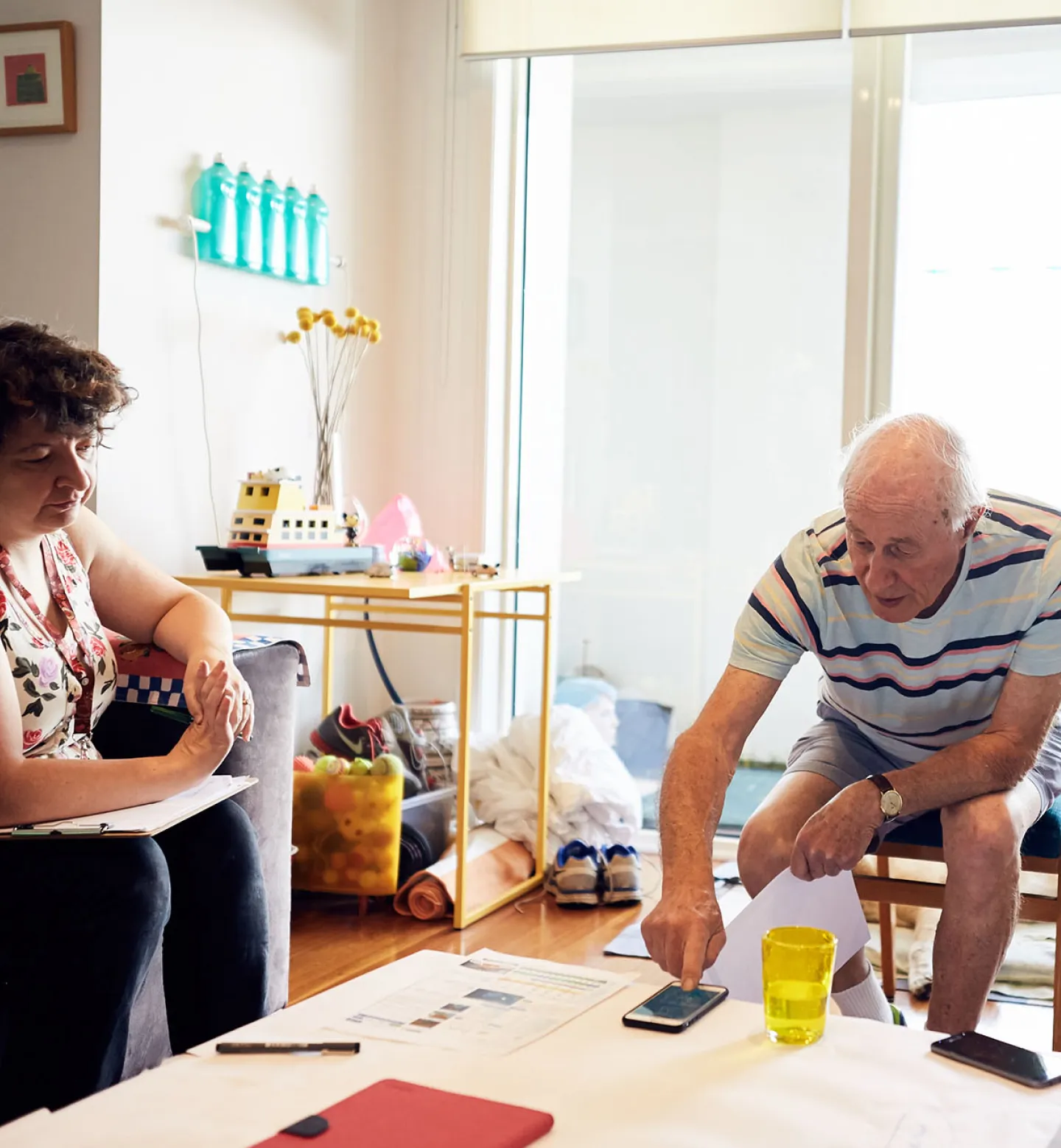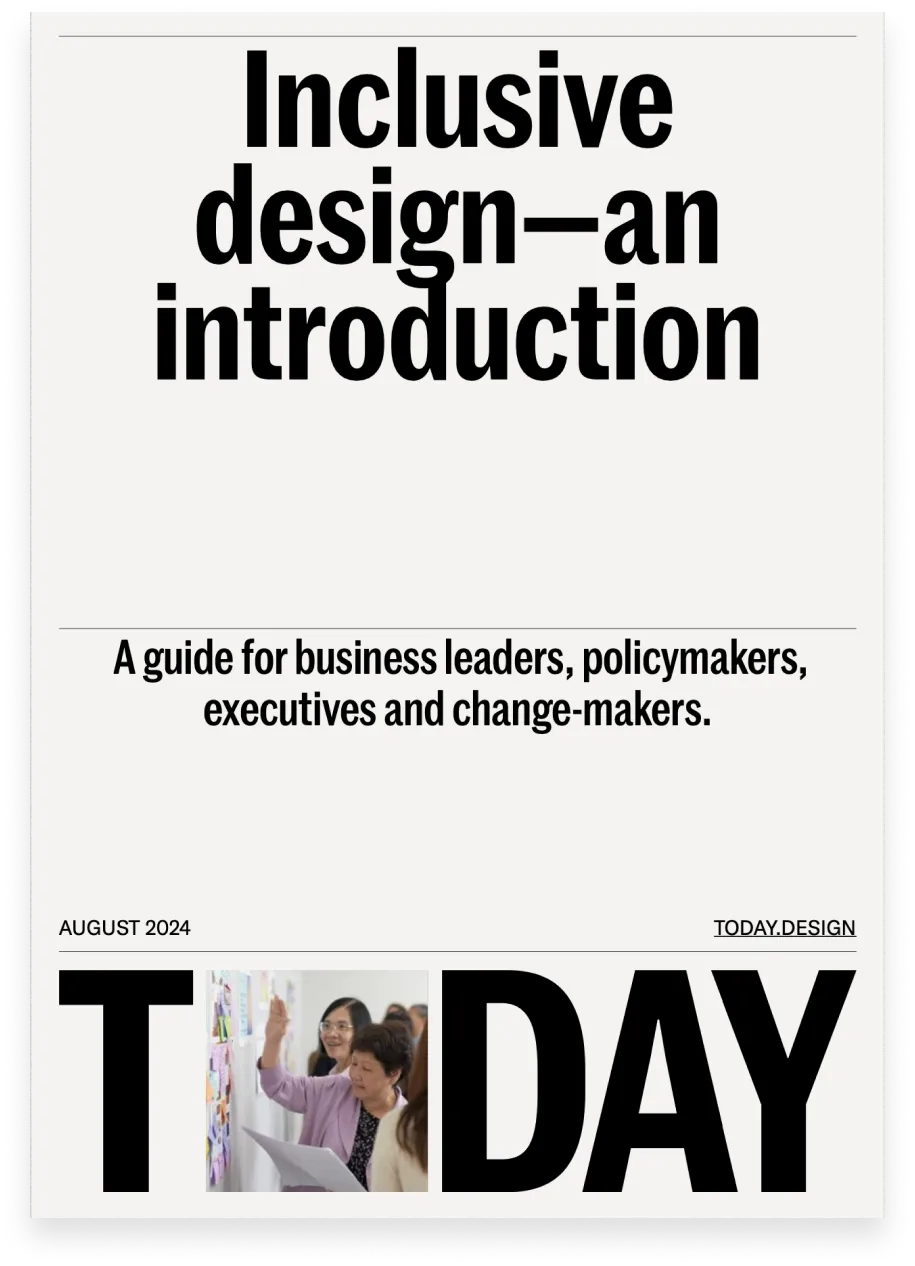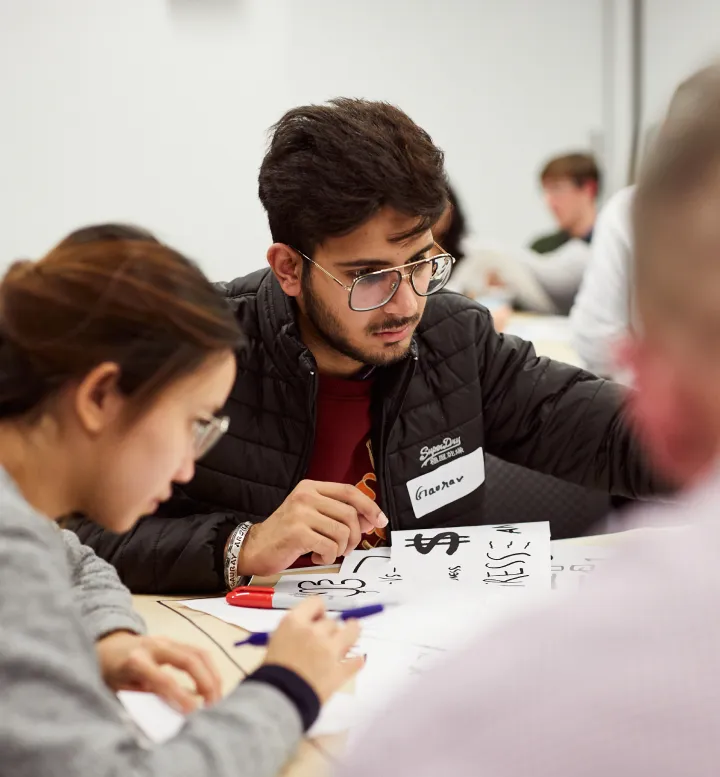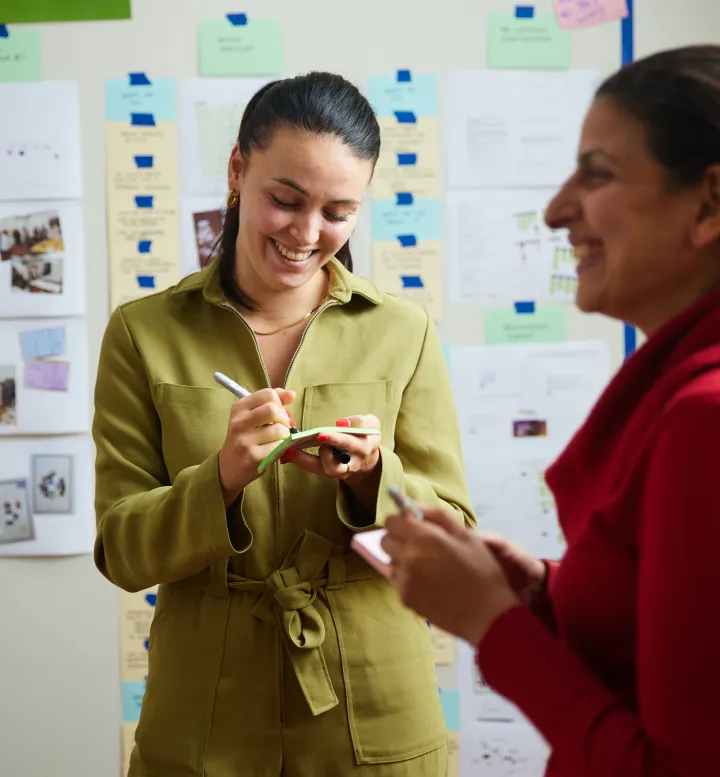Our communities are wonderfully diverse, so it makes sense to design our strategies, products and services in a way that embraces our differences.
What is inclusive design?
Why inclusive design matters
Today and every day, millions of Australians are excluded from accessing and enjoying a wide range of products and services.
Regrettably, the cycle of disadvantage and exclusion persists as a result of ongoing bad design decisions. These choices—rooted in an outdated and discredited ‘design for the majority’ approach— fuel social stigma and discrimination, and continue to do harm.
Outmoded approaches deny our community’s remarkable diversity and make our products and services low-quality, less intelligent and ineffective.


Download your copy of Inclusive design—an introduction
Diversity is the majority
We can fall into the trap of thinking of diversity as being ‘on the edges’ around a mainstream majority.
Even the word “inclusion” evokes this idea. It suggests we can create products and services for the masses before, as an afterthought or a moral good, working out to meet the needs of the minority.
But there are no “masses”.
There is no homogeneous majority; it’s an illusion. Statistics create averages, but these ‘average’ people don’t exist in real life.
As we contemplate diversity within inclusive design, we consider “ability, language, culture, gender, age, and other forms of human difference”. 1
Fuel for creativity
The essential ingredient in creativity is to see an opportunity space in multiple ways. Invention requires seeing things differently.
Deliberately seeking diverse lived experiences and perspectives builds a wonderfully rich, nuanced view of the opportunity space. It will stretch the way all of the participants and designers think and, as importantly, transform a flat understanding into an interesting, three-dimensional landscape.
The little details matter; they are the fuel that sparks the best ideas.

Embed thoughtfulness
Moving out of a rich discovery phase, we can start to design multiple solutions to test and refine.
Inclusive design sets the bar high for solutions; it embeds criteria at every decision point. How will this work for older people? How will this work for people for whom English is a second language; and will it be accurately perceived and understood across cultures?
The outcome of all this interrogation is a thoughtful solution process—one that works from diversity out rather than trying to retrofit it later.

Sharper design
This richer, more thoughtful process delivers on one of design’s great promises: “the art of the simple”.
As we consider the needs and preferences of a wide range of people, we end up stripping a value proposition back to its simple, compelling core. We then create strategies, services, and products that deliver this value to our diverse communities effectively and in a human way.
Design should not be judged by its beauty or flashiness, it should always be judged by effectiveness.

7 steps for approaching inclusive design
Today has developed seven key steps to start thinking about inclusive design in the context of your next initiative. See our introductory guide for more tips, or get in touch with an expert from our team.
